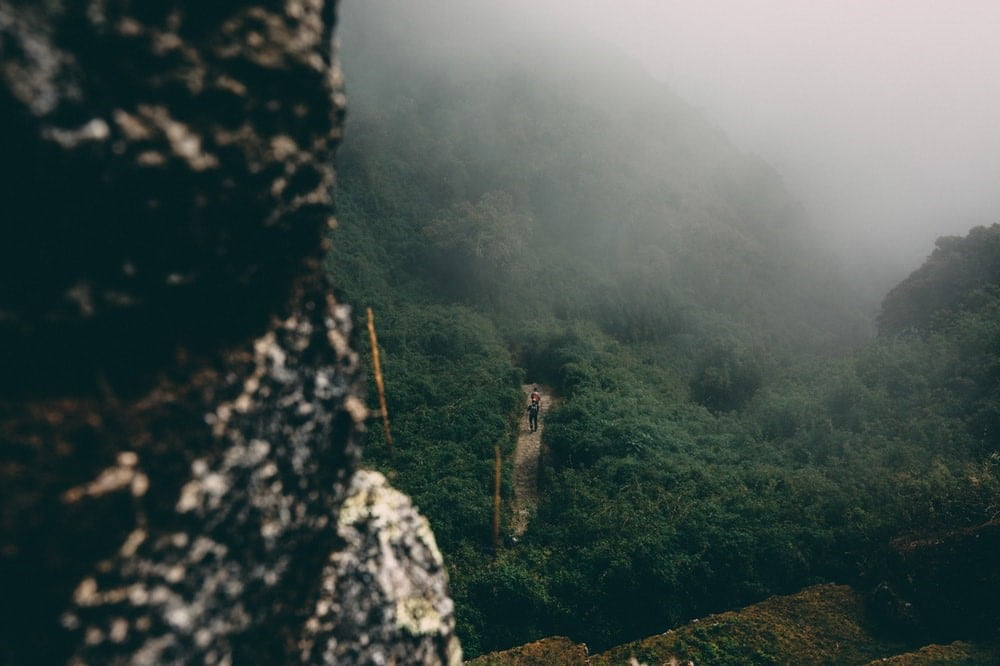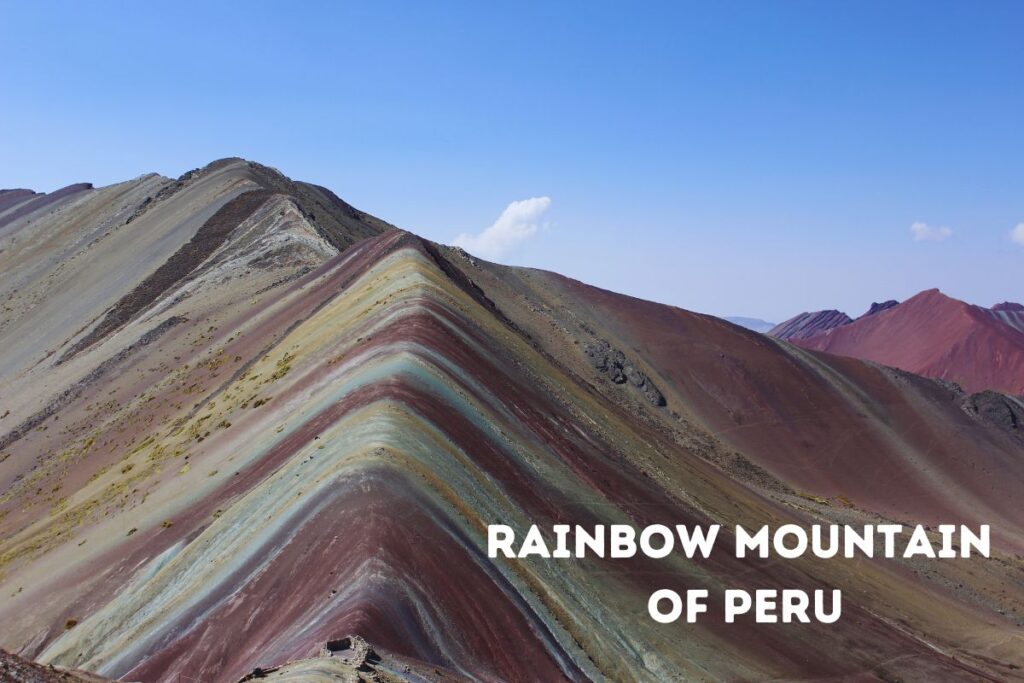Coricancha, also known as the Temple of the Sun, was the most important religious site of the Inca Empire. Located in the heart of Cusco, the capital of the Incas, this magnificent temple was dedicated to Inti, the Sun God, and served as the spiritual and political center of the empire. Despite being partially destroyed during the Spanish conquest, its foundations remain, supporting the Santo Domingo Convent built on top of them. Today, Coricancha stands as a testament to the grandeur of Inca architecture and the cultural transformation brought by colonial rule.
Must do Tours
The History of Coricancha
Inca Era: The Temple of Gold
Coricancha, meaning “Golden Courtyard” in Quechua, was one of the most sacred and opulent temples of the Inca Empire. Constructed during the reign of Pachacuti in the 15th century, the temple was an architectural marvel. Its walls were covered in sheets of solid gold, and inside, golden statues and sacred objects adorned the halls. The temple housed shrines dedicated to various deities, including the Moon, Stars, Thunder, and Rainbow, symbolizing the Inca’s deep reverence for celestial bodies.
It is said that during religious ceremonies, the temple would shine brilliantly under the sunlight, enhancing its divine aura. The Incas performed elaborate rituals and sacrifices at Coricancha, making it the spiritual heart of the empire.
Colonial Era: The Transformation into a Convent
With the arrival of the Spanish in the 16th century, Coricancha suffered extensive destruction. The Spanish conquistadors looted its treasures, melting down the gold to be shipped to Spain. In an effort to erase Inca religious traditions, the Spanish constructed the Santo Domingo Convent atop the temple’s foundations, blending Inca and colonial architecture.
Despite the destruction, the original Inca stonework proved resilient. The finely cut stones and earthquake-resistant walls remained intact, serving as a strong foundation for the colonial church. Today, the fusion of Spanish and Inca architecture at Coricancha is a powerful symbol of Peru’s colonial past and cultural resilience.
Coricancha Today
Today, Coricancha is one of Cusco’s most visited attractions. It serves as a museum showcasing the incredible engineering and artistry of the Inca civilization. Visitors can explore the remnants of the temple, admire the meticulous stonework, and learn about the temple’s historical significance.
Additionally, Coricancha remains an important cultural site where traditional Andean ceremonies are sometimes performed, connecting the present to the ancient spiritual practices of the Incas.
The Temples Within Coricancha
Coricancha was not just a single temple but a complex that housed multiple shrines dedicated to different deities. Each temple played a significant role in Inca cosmology.
1. Temple of the Sun (Inti)
The most important temple within Coricancha, this shrine was dedicated to Inti, the Sun God. Its walls were covered in gold plates to reflect the sun’s rays. A massive golden disc, representing the Sun, stood at the center of the temple. During the solstices, the sunlight would align perfectly with certain temple features, demonstrating the Incas’ advanced knowledge of astronomy.
2. Temple of the Moon (Quilla)
Dedicated to Mama Quilla, the Moon Goddess, this temple was adorned with silver, representing the moonlight. The Incas considered the Moon to be the wife of the Sun and an essential deity in their agricultural calendar.
3. Temple of the Stars (Ch’aska)
This temple honored the stars, which the Incas believed guided their agricultural and spiritual practices. The Milky Way was especially revered, as it was thought to represent the celestial river connected to the Urubamba River on Earth.
4. Temple of Thunder (Illapa)
This temple was dedicated to Illapa, the god of thunder, lightning, and rain. The Incas depended on Illapa for favorable weather, making this temple essential for agricultural prosperity.
5. Temple of the Rainbow (K’uychi)
The rainbow, a sacred celestial phenomenon for the Incas, had its own dedicated temple within Coricancha. The Incas saw the rainbow as a bridge connecting the divine world with the earthly realm.
6. Temple of Viracocha
Viracocha was the creator god of the Incas, and his temple within Coricancha signified his supreme role in the Inca pantheon. The Incas believed he was responsible for the creation of the universe, humans, and all natural elements.
would you like to to explore this emprecid place then book our Cusco city tour
The Coricancha Garden in Inca Times
The Coricancha, or Temple of the Sun, located in the heart of Cusco, was the most sacred site in the Inca Empire. According to chronicler Felipe Guamán Poma de Ayala, the temple’s gardens were spectacular, featuring representations of plants and animals adorned in gold to honor the Sun God, Inti. While not literally made of solid gold, these gilded figures reflected the Incas’ deep spiritual connection to nature and their extraordinary craftsmanship. Gold was used symbolically throughout Coricancha to demonstrate wealth, religious devotion, and political power.
Visitors in Inca times would have marveled at the vibrant arrangements of sacred plants, carefully cultivated terraces, and golden statuettes of llamas, birds, and other animals, all meticulously placed to showcase the harmony between nature, spirituality, and imperial authority. The garden was not just a decorative space—it was a living tribute to the Sun, a center for rituals, and a symbol of the Incas’ advanced agricultural knowledge.
Today, while much of the gold has been removed or melted down, the archaeological remains of Coricancha still reveal the temple’s incredible design, cultural significance, and the genius of Inca artistry. Visiting Coricancha offers a glimpse into how the Incas combined nature, religion, and craftsmanship to create one of the most awe-inspiring sacred spaces in the Andes.
how to arrive
The Coricancha Temple is located in the heart of Cusco, at the intersection of Av. El Sol and Santo Domingo Street, just two blocks from the Plaza de Armas. It’s easily accessible by foot from downtown Cusco, making it a convenient stop for visitors exploring the city.
opening hours
You can enter Corichancha from Monday to Saturday from 08:30 to 17:30 and on Sundays from 14:00 to 17:00. Admission costs 15 soles for adults, 10 soles for students and is free for children under 10 years old.
Conclusion
Coricancha remains one of the most significant historical and cultural sites in Peru. It embodies the brilliance of Inca engineering, the devastating impact of colonial conquest, and the resilience of Andean culture. A visit to Coricancha allows travelers to witness firsthand the grandeur of the Inca Empire and the layered history of Cusco, a city where past and present merge harmoniously.
For those exploring Cusco, Coricancha is a must-visit site, offering a profound glimpse into the spiritual and architectural achievements of the Inca civilization.
I am Carlos, founder of Machu Picchu Soul, a local tour operator and travel agency based in Cusco, Peru. My journey in tourism began as a porter on the iconic Inca Trail, where I developed a deep connection with the land and its history. After years of dedication, I became a professional tour guide, honing my skills to deliver exceptional experiences. With over 15 years of expertise, I decided to establish Machu Picchu Soul to combine my passion for authentic travel with a commitment to supporting local communities and creating unforgettable adventures for our guests.




